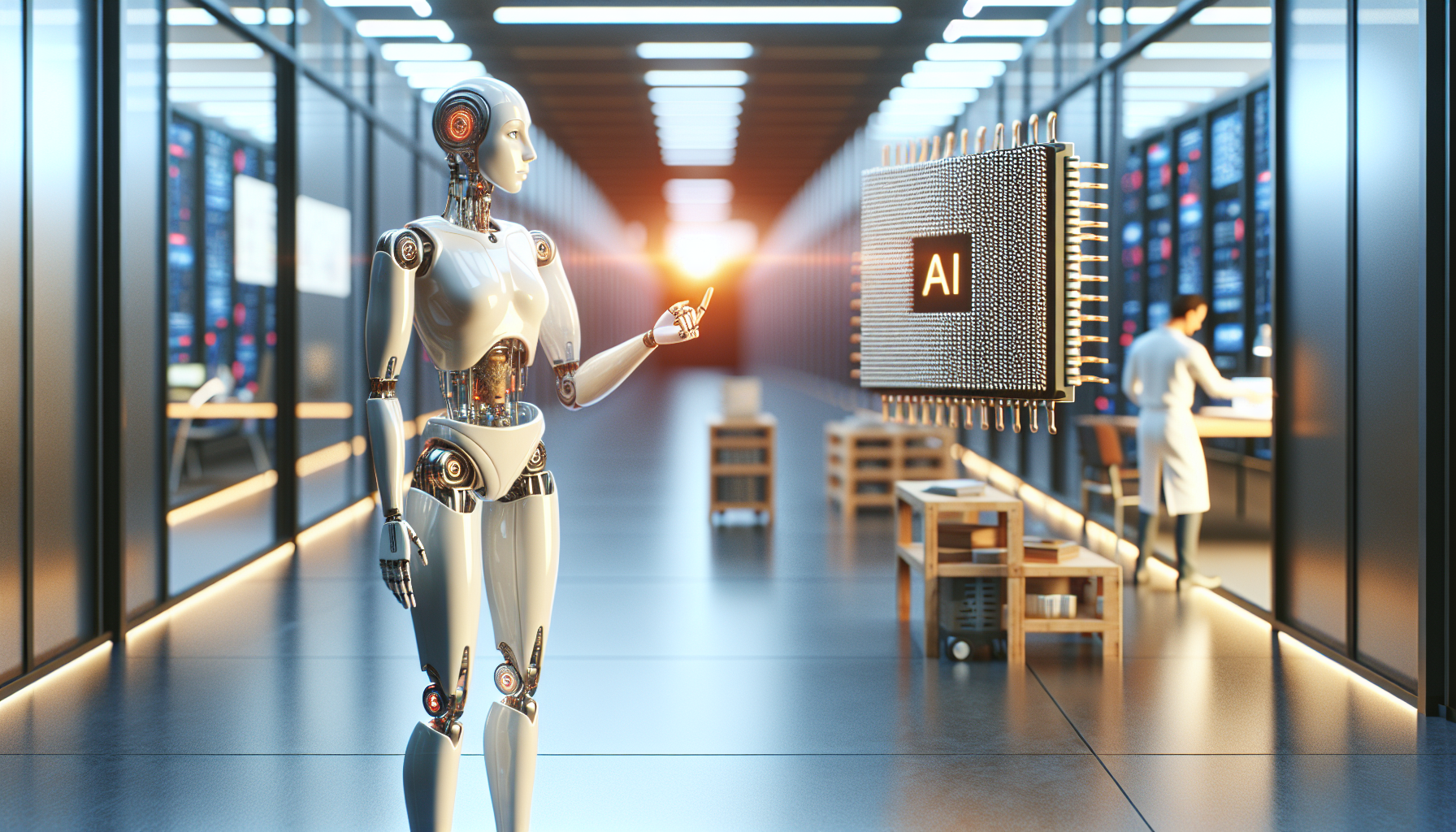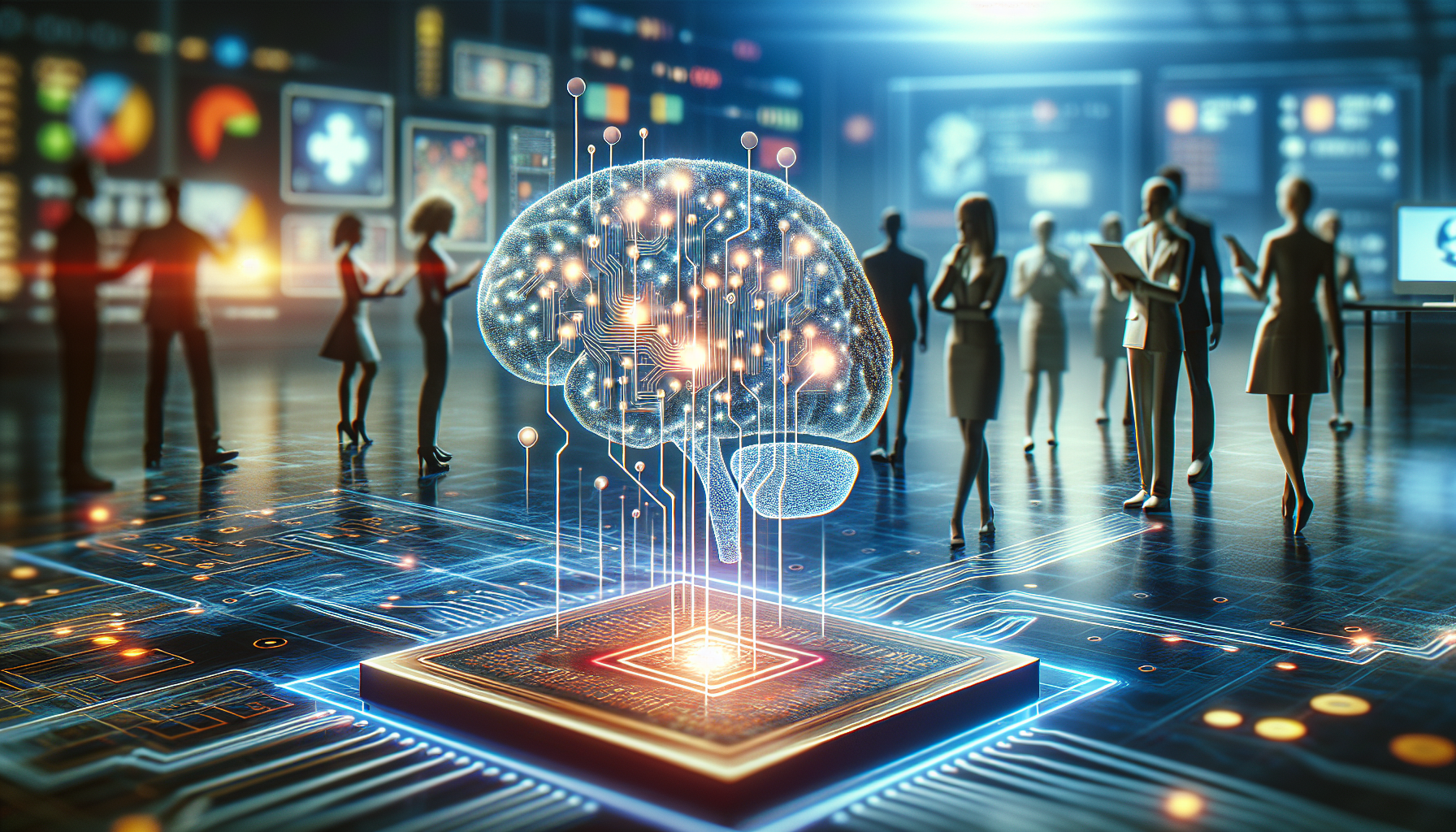
AI and Emotional Intelligence: Understanding Human Emotions-A Trend Analysis
May 17, 2025
Artificial intelligence is swiftly advancing beyond its traditional roles, delving into the deeply human realm of emotions. As we stand at the intersection of technology and human sentiment, a fascinating trend emerges: AI systems are now being crafted to comprehend and even predict human emotions. This evolution marks a pivotal moment in technology, where machines not only perform tasks but also connect with human experiences in profoundly empathetic ways.
It's no longer enough for AI to just "know" facts; the modern expectation is for it to "understand" people. Emotional intelligence in AI is reshaping how we interact with technology, making it more intuitive and responsive to our needs. Imagine a world where your digital assistant not only schedules your meetings but also senses your stress levels and suggests a break. This isn't just a futuristic fantasy—it's a reality in the making.
The integration of emotional intelligence in AI is not merely a technical feat; it is a paradigm shift in how we perceive and utilize technology. The current trend sees AI systems equipped with sophisticated algorithms that can analyze facial expressions, vocal tones, and even physiological signals to gauge emotional states. Companies at the forefront of this innovation are building machines that can detect nuances in human behavior, potentially transforming customer service, healthcare, and education.
Consider the potential in healthcare, where AI with emotional intelligence could monitor patients' mental health in real time, offering timely interventions. This capability could revolutionize patient care, making it more proactive and personalized. In education, emotionally intelligent AI could adapt learning environments to better suit each student's emotional and cognitive state, fostering a more supportive and effective educational experience.
However, this technological marvel does not come without its challenges and ethical concerns. As AI begins to interpret and respond to our emotions, questions about privacy and data security are inevitable. How much emotional data are we willing to share, and who controls it? Moreover, the accuracy of AI in understanding emotions is still subject to human-like flaws and biases. The complexity of human emotions poses significant challenges in ensuring that AI systems do not misinterpret or manipulate these emotions.
The journey toward emotionally intelligent AI is reminiscent of teaching a child to understand the world—an intricate process filled with trial and error. Yet, the potential benefits far outweigh the hurdles. The key lies in developing robust frameworks that prioritize ethical considerations and human-centric design principles. By fostering transparency and accountability, we can build AI systems that genuinely enhance human well-being.
As this trend progresses, the role of emotional intelligence in AI will likely expand into more sectors, bringing about innovative solutions to age-old problems. The future may see AI not only as a tool but as a partner in our daily lives, capable of empathy and understanding. This evolution invites us to rethink our relationship with technology, urging us to embrace the possibilities while remaining vigilant about the implications.
The integration of emotional intelligence in AI presents an opportunity to redefine human-machine interactions. It challenges us to envision a symbiotic relationship where technology not only complements but also enhances our emotional and social experiences. As AI continues to evolve, the question remains: How will we harness this incredible potential to create a society that is more empathetic, connected, and understanding?


